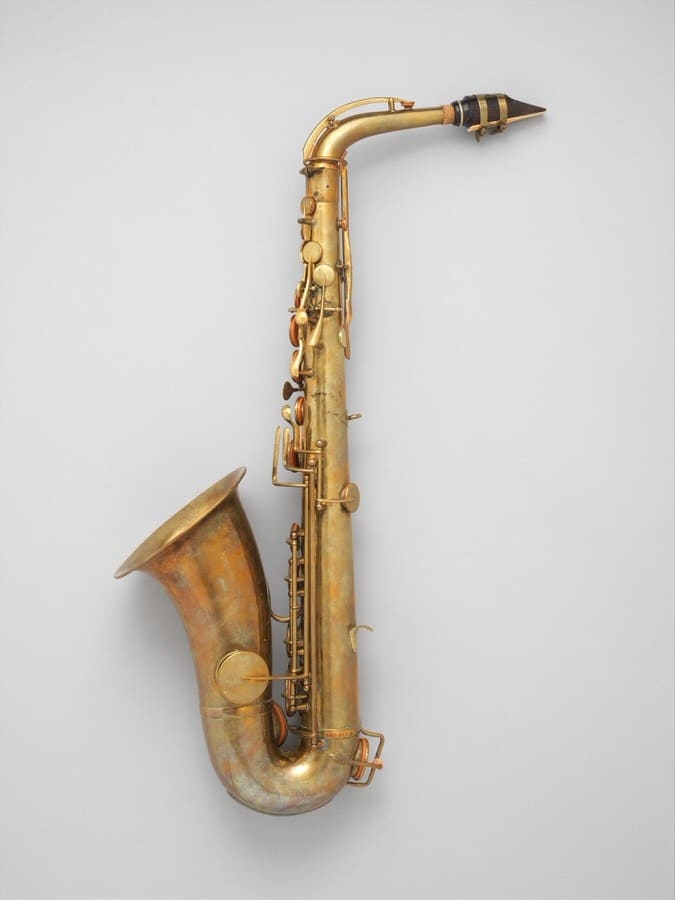How To Choose A Saxophone
Congratulations! You are about to buy your first Saxophone...
Choosing the perfect saxophone is a thrilling adventure, though it might feel a tad daunting. As part of the ‘Beginner’s Guide To Learning The Saxophone’ series, this section will help you kickstart your musical journey just as you hope to continue.
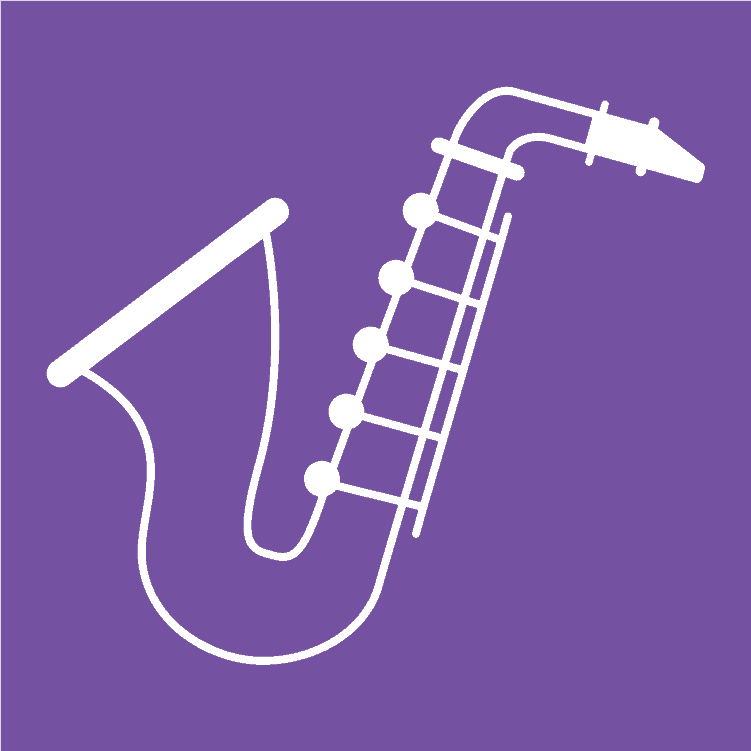
Things you should know before buying your first Saxophone
So, you have decided you’d like to try your hand at learning to play the saxophone (excellent instrument choice!), and are now faced with the task of choosing your first model. If you are new to the joys of practical musicianship, this may seem like a potentially daunting minefield to navigate.
Fear not, however, for there are some guidelines which if followed, can help ensure that this is an exciting process rather than one tinged with trepidation. When searching for a saxophone model that is appropriate for entry-level players, you might like to consider the following points:
- Which type of saxophone should I start on?
- Build quality
- Budget: How long will this instrument serve me and my goals?
Must I consider everything?! Mouthpiece/Reeds/Ligature/Neckstrap/Instrument
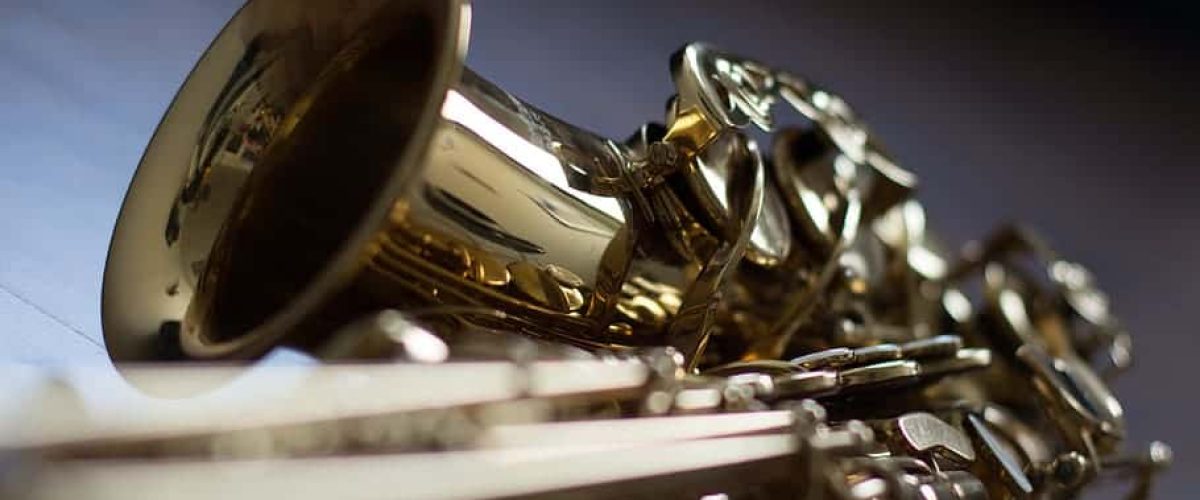
Help, where do I begin?!
The first decision you will have to make, before looking at websites for shiny new/second-hand saxophone treasures, is which of the four key members of the saxophone family would be best to start on: soprano, alto, tenor or baritone (or the bari as it is often known). This is a very important point of consideration and there is a reason why alto, followed by tenor, is the most commonly played instruments.
Accessibility, Price and Comfort
Why exactly, you may ask, are the bookend family members of soprano and baritone generally discounted in this instance? Primarily, this is due to accessibility (i.e. how quickly you will likely get ‘up and running’) and physical comfort, as well as price.
Soprano
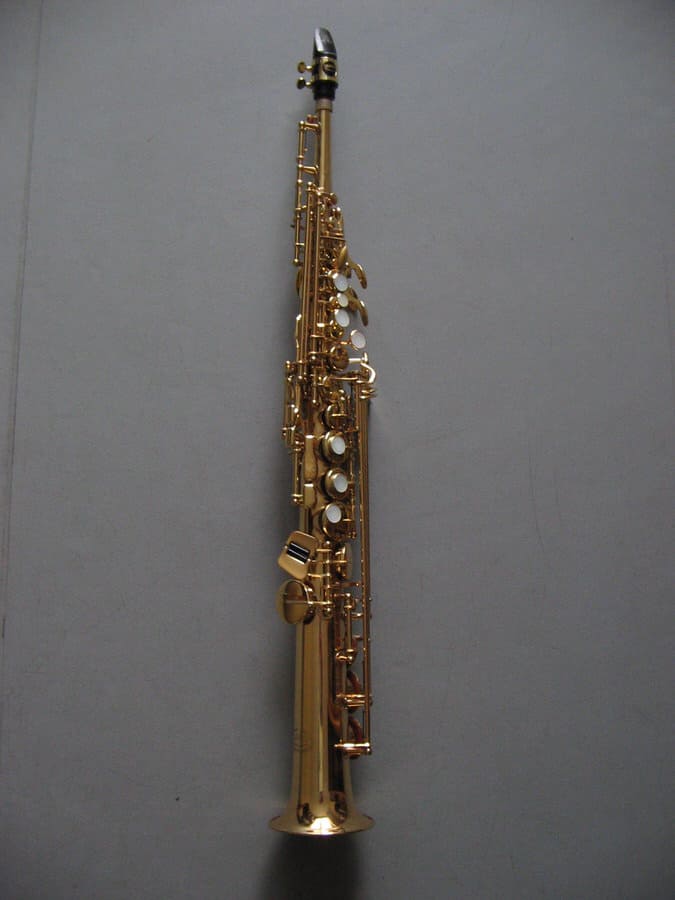
The soprano sax is a tiger in disguise(!), for though it is the sweet cherry atop of the mellifluous saxophone tonal collective, it requires a good level of general sax technique and aural training in order to play ‘in tune’, and as such, can potentially lead to bad habits if the player has not yet established a solid technical foundation in their playing (e.g. ‘biting’ of the mouthpiece leading to jaw ache; insecure/inaccurate pitch awareness).
Baritone
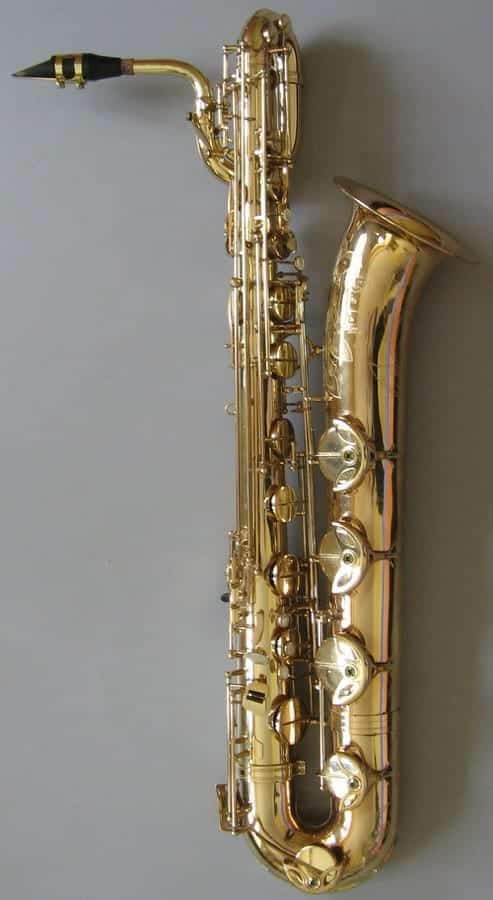
The bari sax is generally discounted at the beginner level, in large part due to its price (vintage instruments aside, these are comparatively more expensive than their smaller brothers and sisters), as well as the physical demands of playing, given the weight of the instrument (which can cause neck/backache) and the amount of air that is required to play it (this can cause light-headedness in the inexperienced player).
Age and Type of Music
Having now settled on the middle two saxophones of the family, then, which should you choose as ‘the one’ for you: alto or tenor?
Firstly, this may well depend on your age, given that there are important physical considerations to be made. That is, we wouldn’t recommend learning to play the saxophone (regardless of type) before the age of 8 or 9, given the physical demands required in terms of neck/back strength, hand span, and breathing capacity. As the student grows, so should their general comfort, stability and physical ability (in relation to breath production and control), in relation to their saxophone playing.
Secondly, the type of music you’d like to explore may impact the alto vs tenor dilemma. For, there is a far larger catalogue of ‘classical’, recital-style music available for the former, compared to the latter. Whilst this won’t really affect your initial musical studies, this is a consideration if you have specific longer-term goals that are stylistically informed.
Tenor
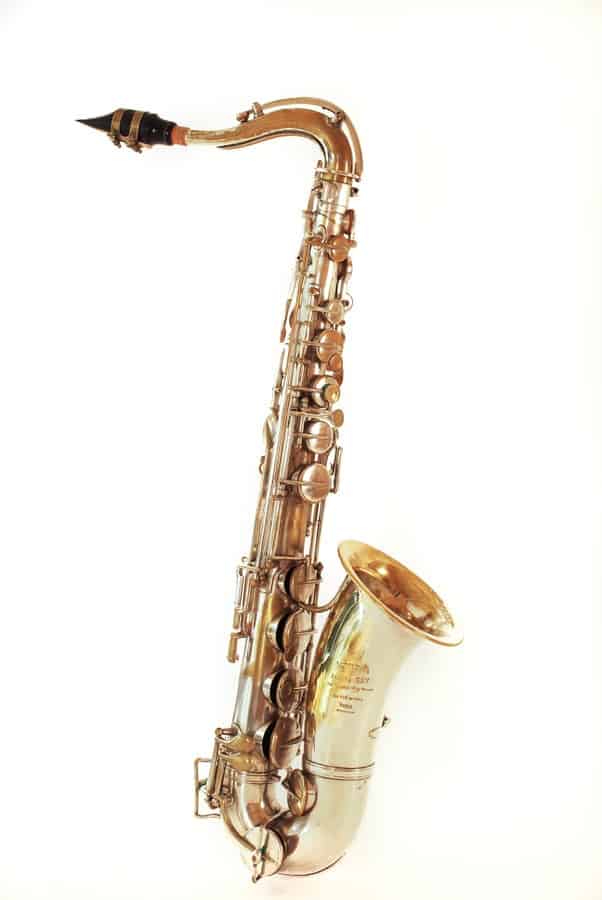
Should the student be older in age and/or bigger physically, then the tenor may equally serve as a starting instrument.
All of this said the good news is that aside from more nuanced differences that creep in at intermediate-advanced level and beyond, the skills you learn on any of the four saxes are entirely transferable to the others. So, the soprano/alto/tenor/bari choice you make as a beginner does not have to dictate your lifelong musical path hereon in…
Does build quality matter?
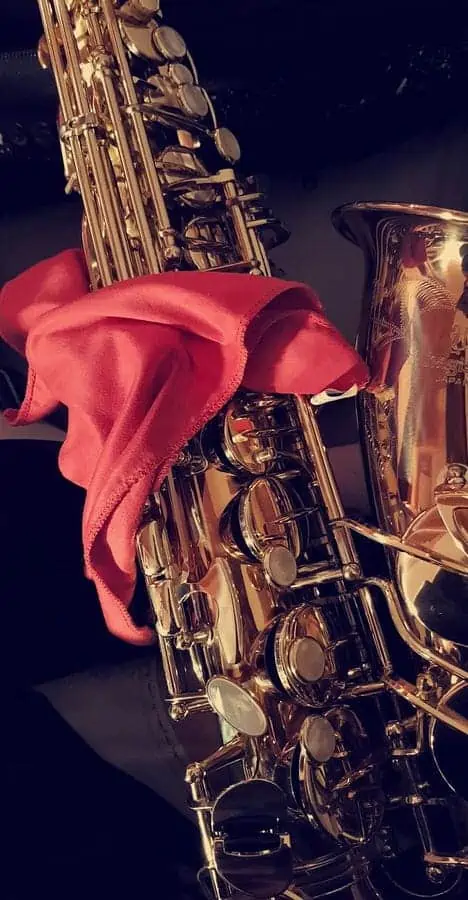
The general answer to this question would be ‘yes’. As with most things in life, you ‘will get what you pay for’ when it comes to purchasing a saxophone. That said, it is unrealistic to expect all beginners to want to spend their life savings on a piece of metal that they have no present experience of playing (and so requires a certain leap of faith!), and you do not need to in order to acquire an instrument suitable for beginning your studies.
What you do want, though, is an instrument of solid workmanship, made of robust metal which is unlikely to dent or scratch easily and with keys/pads that seal efficiently reliable mechanistic build, and is relatively well in tune (the saxophone has a naturally idiosyncratic pitch centre and this is one of the elements that tends to be better/worse depending on the value of the instrument). Plus, of course, you want an instrument that produces a tonal quality that you are happy with.
Before we move on to the nitty-gritty of instrument specifics, there is one more question worthy of reflection as you consider what saxophone will be ‘right’ for you….
Budgeting
In tandem with thoughts on build quality, it would be advisable to reflect on your saxophone-related goals. Admittedly, you may not yet know what your specific aims are and (for the moment at least) may want to learn to play simply for pleasure.
However, we would at least encourage you to consider two things: (1) how long you may wish to play your model of sax before you are willing to upgrade. For, the better you become (we’re talking years rather than months), the more restrained you will become by a beginner level instrument, (2) whether you may be hoping to play with other musicians. As mentioned previously, the better the instrument model, the better the intrinsic pitch, which will make a huge difference when playing with others.
Having now reflected on the type of saxophone you want to start with, and the notion of build quality and initial saxophone-related goals, we have arrived at the exciting point of equipment-specifics…
Must I consider everything?!

We have arrived! So, you’re at the shop/site, ready to splash the cash on something special. Here is the point at which we need to zoom in on all the goodies you will find inside your instrument case and consider whether there are any additional purchases relating to these that will further enhance your saxophone journey.
The following recommendations cover alto and tenor models, are specific to beginner saxophonists, and would last most players until the intermediate stage:
Instrument
Mouthpiece
Ligature
Reeds
Neck straps
Instrument
Beginner saxophones generally range from £350-£1000 and as summarized above, a general rule of thumb is that the higher the value, the better the quality of instrument.
Mouthpiece
This is where you can start to individualise your set up! For the most part, mouthpieces that are included with new, ‘student’ saxophones are not the most flattering! Purchasing a new and improved model is a quick and relatively very inexpensive way to notably improve both the physical projection and tone quality of your playing.
Ligature
This is the cylindrical piece of metal that encircles the mouthpiece and holds the reed in place. Your new saxophone will come with a standard version ligature, which does the job perfectly well (just make sure it is the right way round – different versions will have the screw built into the front or back, so check with an expert/online if unsure). There are, though, other varieties out there that will be of a stronger build, made of either metal, leather, or woven cord, and with single/double screw variations. This is a very inexpensive area where you can experiment over time to find a version that suits you best from an ergonomic standpoint.
Reeds
This is the piece of cane fixed onto the front of the mouthpiece that is the source of your sound (vibrating against the mouthpiece) – omit this or break it, and you will have nothing but silence coming out of the bell of your sax! Reeds are delineated by the thickness of their tip, and are categorized by half numbers, with 1 being the lowest (i.e. easiest to blow against) and 5 the highest (i.e. the hardest). When purchasing your first set of reeds, I would recommend either a 1.5 or 2 strength, depending on the age/physical size of the student (for reference, most professional saxophonists play on strength 3-4 reeds).
Neck straps
Your saxophone will come complete with a basic neck strap, which will prove perfectly sufficient in supporting the weight of your instrument. Should you wish to have a little more support, however, there are many varieties on the market; avoid those consisting of singular woven straps and made of neoprene, instead look for those with leather and obvious cushioning for the neck area. Harnesses are also available, but are rarely used by alto/tenor beginners.
How To Choose A Saxophone - Summary
- Alto, followed by tenor, are the most common beginner saxes. If you are an adult beginner then the only questions you really need to consider before making your choice are: which sound do you prefer (have some fun getting sucked into a YouTube/Spotify black hole as you research this!), what is your budget (tenors tend to be a little more pricey – vintage models aside, which we wouldn’t recommend for beginners anyway) and how much do you want to explore classical/exam material (in which case, go with alto)
- Build quality will go hand in hand with price
- Strongly consider upgrading your mouthpiece at the outset as the ones that come with a new beginner instrument are typically low grade and not very nice in sound (which doesn’t go hand in hand with motivation)!
- Start with reeds of 1.5/2 strength and look after them with your life!
- You may want to experiment with neck strap and ligature a little further down the line, for comfort reasons
About the Author
Robert Emery
Robert Emery is Founder & CEO of Ted's List. He has performed all around the world as a conductor and pianist. From Sydney Opera House to the Royal Albert Hall, Robert has enjoyed bouncing around on stage in most of the major venues in the world. As a record producer, he has worked on fifteen No 1 albums, and hopes he can get to sixteen asap!
The Times called him 'the eccentric barefooted maestro' and the Mail quoted that 'the assured baton was controlled by the rather energetic and brilliant conductor'.
Robert has a wife (Mrs. E), two children (Master T and Master A) and four cats (Merlin, Mulberry, Partridge & Penguin). Between performing, producing, composing and running Ted's List, he runs an entertainment business called The Arts Group, comprising of a symphony orchestra, choir, live event production house, digital TV company and artist agency. Any spare time is usually devoted to sleep.
Other posts by this author
Sign up Below – Or Miss Out…
Every Friday, I distribute a unique email showcasing the four most amazing things I’ve reviewed or used that week.
We guarantee no spam. Just one individual email message, each week, with some excellent ideas and useful information on anything I’ve discovered that I believe you’ll like. It might be music, instruments, ebooks, gadgets. Anything. So long as it’s excellent.
Become a member of our online community and enjoy the 4-Feature Friday email by subscribing below.
Read the next post in this series:


